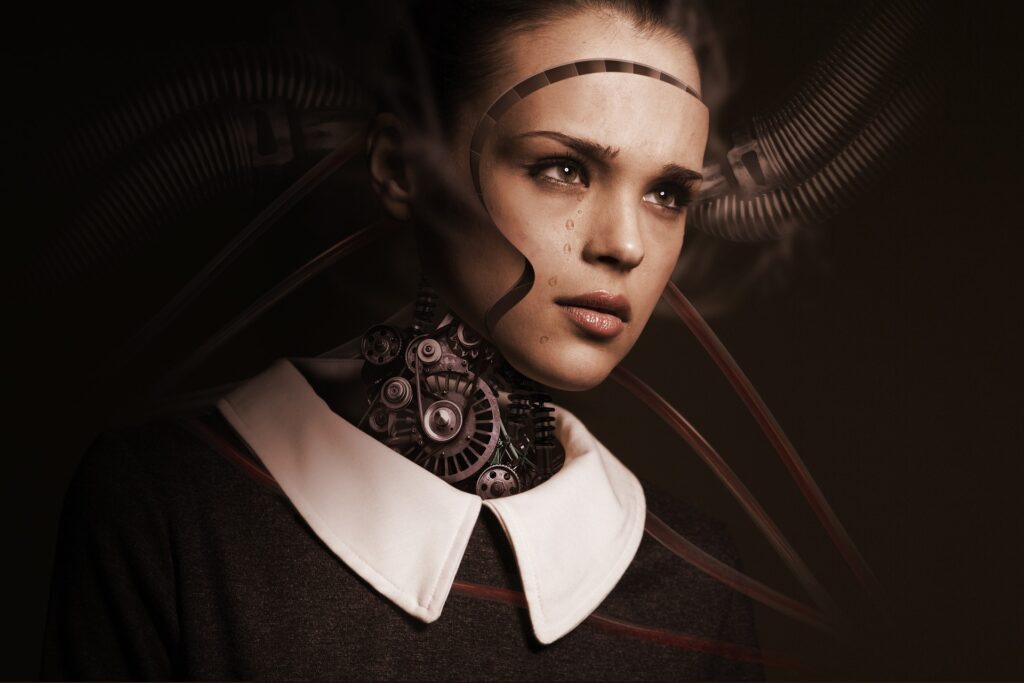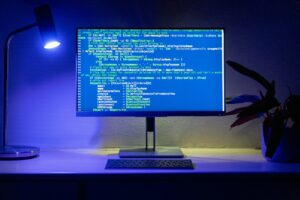In 2025 how to use artificial intelligence and smart apps to automate daily tasks

In 2025 how to use artificial intelligence and smart apps to automate daily tasks
By the year 2025, artificial intelligence (AI) and smart apps are no longer notions from the distant future; rather, they are tools that we use on a daily basis to make our lives easier. For example, whether you want to manage your calendar, control the electronics in your house, or perform repetitive job duties, automation that is driven by artificial intelligence is now more accessible than it has ever been. Virtual assistants and sophisticated smart applications are just two examples of how technology has evolved to the point where it can now execute jobs that formerly needed hours of physical labor.
This piece will discuss how artificial intelligence (AI) and smart applications may assist you in automating everyday activities, increasing productivity, and freeing up time for things that are actually important to you.
How Automation Will Be Important in 2025
Our lives are more hectic than they have ever been, with a multitude of duties tugging us in many ways. As a result of automation, the amount of time spent on repetitive operations is decreased, human error is eliminated, and efficiency is increased. AI is now able to integrate without any problems with both personal and professional tools, which enables you to:
- Achieve seamless organization of your routine.
- Household duties should be automated.
- Work procedures should be streamlined.
- Time may be saved by buying online, sending emails, and even managing money.
- By using AI, you will be able to devote your attention to things that are innovative and high-value rather than tedious routines.
1st Step: Determine Which Tasks Are Capable of Being Automated
Before you start using applications and technologies, you should begin by analyzing your daily routine. To yourself, ask:
- Which activities do I do on a daily basis?
- In what ways does the procedure use the most time?
- What is it that artificial intelligence is better able to manage than I am?
- Common activities that are simple to automate include the following:
- Organizing meetings or writing down reminders.
- Email management, including sorting and filtering any spam.
- Payments of bills made online.
- Scheduling of material and uploading on social media platforms.
- Adjusting the lights or the thermostat is one example of a smart home control.
2nd Step: Utilize Artificial Intelligence Virtual Assistants
By the year 2025, virtual assistants have progressed into something much more than basic voice commands. ChatGPT-based assistants, Google Gemini, Apple’s Siri 2.0, and Alexa AI are examples of tools that are capable of doing complicated tasks, including the following:
- Making bookings for flights and hotels (booking).
- Establishing priorities for the organization of to-do lists.
- I am responding to simple texts or emails.
- Keeping track of grocery lists and ordering orders on the internet.
- Moreover, these helpers are able to learn from your routines and anticipate your requirements before you ever ask for them.
3rd Step: The next step is to use smart apps to automate workflows.
Using applications such as Zapier, IFTTT, and Microsoft Power Automate, you are able to construct individualized workflows that link together a number of different applications. Just one example:
- Ensure that attachments to emails are automatically saved to cloud storage.
- Share material across all social media channels at the same time.
- synchronize calendars across a variety of platforms and devices and devices.
- Using artificial intelligence, these applications now provide suggestions for automation ideas that are specific to your routine.
4th Step: Smart Home Automation.
As a result of the proliferation of AI-powered technologies, your house may now perform the functions of a personal assistant:
- Through the use of motion sensors or your daily routine, lights may be turned on or off to create a smart lighting system.
- Temperature may be automatically adjusted by artificial intelligence thermostats depending on your preferences.
- Intelligent cleaning robots: Devices such as vacuum cleaners driven by artificial intelligence clean rooms on a predetermined timetable.
- With voice-controlled hubs, you can command all of the gadgets in your house with just one command.
5th Step: Financial Automation.
When you allow artificial intelligence handle the boring portions of managing money, it is simpler to manage money. In the year 2025, applications like as Cleo AI, YNAB, and Mint 2.0 will be able to monitor your expenditures, pay your bills, and even advice you on how to save money. Additional capabilities of AI investing systems include portfolio management and the provision of real-time financial analytics.
6th Step: Automating Health and Wellness.
There is now integration between health-focused applications and wearables, which helps you stay on track:
- Your workouts will be automatically logged by smart fitness applications, and they will also provide exercise recommendations based on your progress.
- AI meal planners provide recommendations for individualized diets.
- The gadgets that monitor sleep If you want to get a better night’s sleep, alter the temperature and lighting in the room.
7th Step: Automate Your Online Shopping
Artificially intelligent shopping assistants monitor price reductions, provide product recommendations, and schedule recurrent purchases for necessities. Through the use of predictive algorithms, they are able to determine when you are likely to run out of things and proceed to automatically replenish them.
8th Step: Privacy and safety in automated systems.
Protecting your data is very necessary while using automation. As always:
- Make sure that the passwords you use for applications are secure and unique.
- Activate multi-factor authentication, often known as MFA.
- App permissions and associated services should be reviewed on a regular basis.
- Now, security systems powered by artificial intelligence can automatically identify potentially malicious behaviors and notify you before any issues develop.
9th Step: Strike a Balance Between Human Control and Automation
It is essential to assess automated processes to verify that they are in accordance with your requirements, despite the fact that automation helps save time. For instance, it is important to keep an eye on financial automation in order to prevent mistakes or excessive payments. AI functions most effectively when combined with human judgment.
The Prospects for Automating Everyday Tasks
Artificial intelligence and smart applications will become intuitive companions in our lives by the year 2025. Not only do these technologies automate chores, but they also anticipate your requirements and make solutions before you ever think about them. This is made possible by predictive analytics. I can only imagine what it would be like to wake up to a house that automatically changes the temperature, produces coffee, and organizes your daily agenda without you having to do anything.
When it comes to the year 2025, automation is not only about convenience; rather, it is about making time for creative endeavors, personal development, and relationships. With artificial intelligence and intelligent applications taking care of mundane activities, you will be able to concentrate on what really matters. You may make significant changes to the way you live and work by selecting the appropriate tools, maintaining a heightened awareness of privacy concerns, and striking a healthy balance between automation and control.







